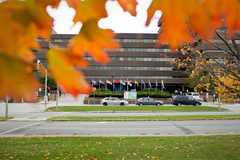Soft power: Canada / Canada
Clean break
A new robust approach to diplomatic relations marks a break with tradition for Canada. And many believe it has damaged the nation’s soft-power credentials.
When Canada lost out to Portugal for a seat on the United Nations Security Council in 2010, it was regarded by many Canadians as confirmation of the country’s diminished stature in the world.
During the UN’s entire history, never before had Canada lost a bid for a temporary seat on the Security Council. Critics of Prime Minister Stephen Harper were quick to interpret the result as a repudiation of his foreign policy.
Since assuming office in 2006, Harper’s government had closed embassies and consulates, frozen aid spending and reduced the country’s development commitments to Africa. He adopted what was for Canadians an uncharacteristically bellicose tone on sensitive diplomatic issues. Canada’s support for Israel hardened. At negotiations to curb greenhouse gas emissions, the country was perceived as obstructive. And he brushed aside growing environmental concerns over Canada’s controversial oil sands. Despite this, Canada fares quite well on international surveys assessing nations according to reputation and image, including a top 10 finish in our Soft Power Survey. Though if that’s the case, it’s largely thanks to what foreign policy watchers such as Jennifer Welsh describe as a residual goodwill or fondness felt for the country.
“In terms of soft power, or the appeal of our values,” says Welsh, a Canadian professor of international relations at Oxford, “then I think we’re coasting on past perception about our attractiveness. We haven’t done much in the past four years to replenish it.”
Daryl Copeland, an analyst and veteran of Canada’s foreign service, believes Canada’s image in the world is probably even better than it deserves to be. He borrows an analogy from Nicholas Cull, a historian at the University of Southern California, who likens nation brands to starlight, in that “what you’re seeing [about a country] originated a long time ago in a different place. You might like the twinkle but the twinkle is not what you would be seeing were it not for the fact it originated hundreds of millions of light years away.”
In Canada’s case, that “starlight” is a projection of what were once long-standing staples of its foreign policy, principles that profoundly shaped the way Canadians thought about their role in the world over several decades. Copeland calls it “the old internationalist stuff, as in the committed peacekeeper, the aid donor, the reformer, the humanitarian dedicated to being a helpful fixer and honest broker. But we just don’t do any of those things anymore.”
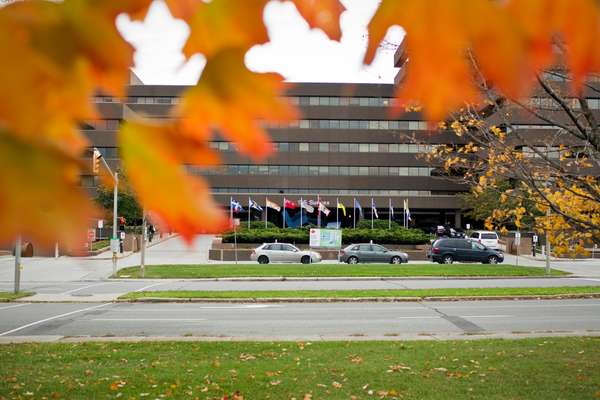
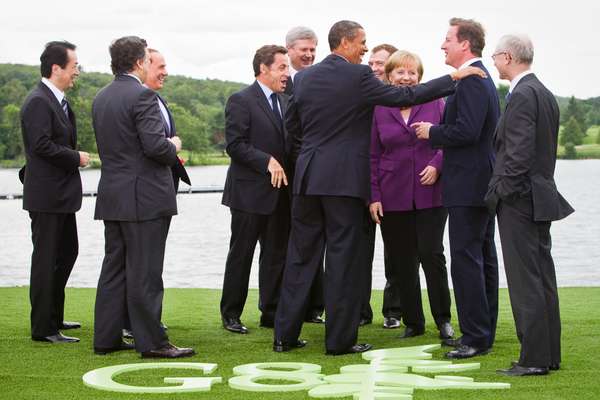

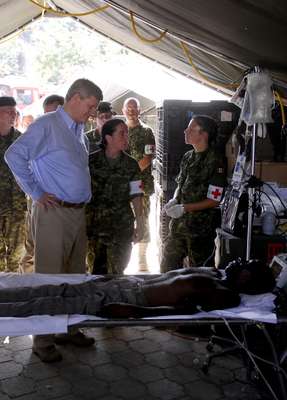
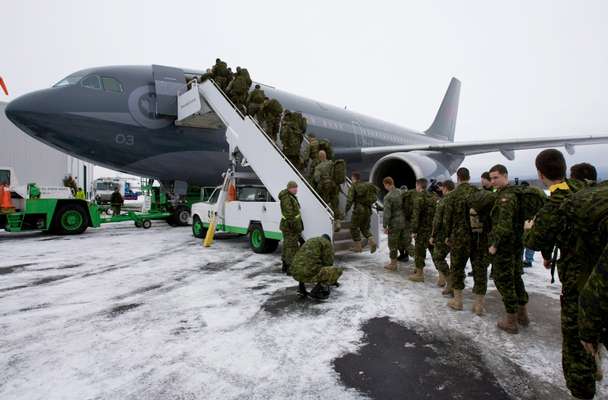

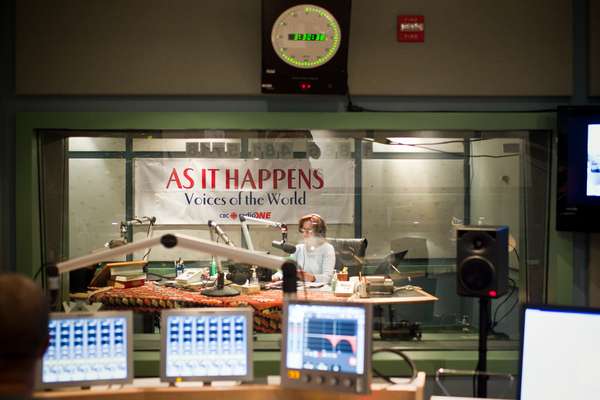
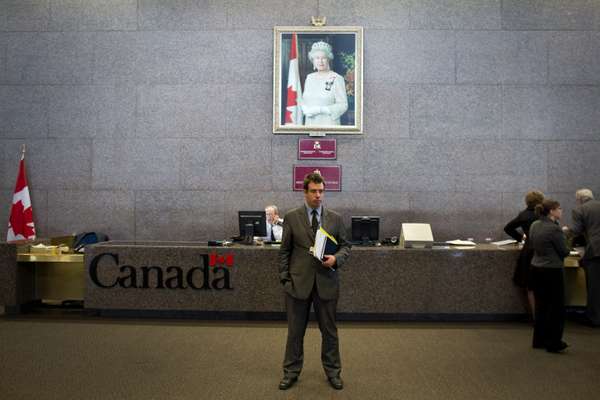
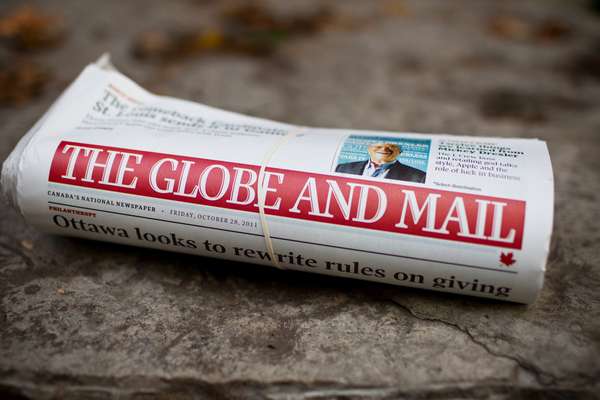
Prime Minister Harper doesn’t deny the fact that he’s broken from diplomatic tradition, one often embodied in Lester B Pearson, the former Liberal prime minister and winner of the Nobel Peace Prize in 1957 for his part in resolving the Suez Canal crisis. Instead, the current government argues it’s taking a more principled approach to foreign policy that supports freedom, democracy and the rule of law, a policy of action over platitudes.
As Canadian foreign minister John Baird tells Monocle, “Our purpose is no longer just to get along with everyone else’s agenda. Past attempts to do so were not in Canada’s national interests.” When Joseph Nye coined the term “soft power”, it was Canada, he said, that could often be counted on “to punch above its weight” in world affairs. He attributed this to the country’s peacekeeping tradition, and willingness to occasionally part ways with the US on issues such as a treaty banning the use of land mines and support for the International Court of Justice.
But while Nye respected Canada’s focus in the 1990s on what he called “issues related to basic human security”, he added that “States still matter, and hard power still matters in relations among states.” He pointed out that it was Nato, not the UN, that intervened decisively in the Bosnian conflict, and cautioned against Canada relying too solely on its soft power resources.
It bears noting that the beefing up of Canada’s military capabilities has not been without soft-power benefits. Thanks to the purchase of C-17 transport planes to support its Afghanistan mission the country is now better able to respond promptly to crisis situations around the world. After the 2004 tsunami that decimated South Asia, Canada had to cadge space on Russian aircraft in order to deliver aid. By contrast, the country was able to get emergency supplies and relief workers into Haiti almost immediately following the earthquake there in 2010.
At the time, Harper was quick to claim that such newly acquired hard power assets had enhanced the country’s position, telling reporters there was “a time when that kind of heavy-lift aircraft didn’t fit Canada’s soft-power policies. But our government bought them for the hard-power requirements of today’s world. Now we’re using them for relief work. What is the moral of the story? To do soft power, you need hard power.”
A more robust military and willingness to deploy it also enabled Canada to play a lead role in Nato’s military intervention in Libya. And the fact that a Canadian, lieutenant general Charles Bouchard, was appointed commander of the Nato mission underlined the potentially sticky political implications of France, Britain, or the US assuming the lead.
This fact proves that the new tone of Canada’s foreign policy is making a difference, according to John Kirton, a professor of international relations at the University of Toronto.
“From the time he arrived in office,” Kirton says, “Harper’s had the considered view that Canada has enough power in the world that it can afford to run a foreign policy based on principle.”
Inside the Brutalist-style Pearson Building that’s home to the Department of Foreign Affairs in Ottawa, a large portrait of Queen Elizabeth II now occupies pride of place where until a few months ago two paintings by the celebrated Quebec modernist Alfred Pellan were hung.
Minister Baird says he ordered the Queen’s portrait put there in anticipation of the 60th anniversary of her coronation in 2012. But it’s also a sign that Canada is backing up the new, harder thrust of its foreign policy with an image change, restoring traditional Canadian symbols such as the military and monarchy to their former prominence. In August, for example, the government put the word Royal back in the name of Canada’s Air Force and Navy, designations that had been dropped under Pearson in the 1960s.
Taking in these changes, symbolic or otherwise, an outsider might think the country was quietly in the midst of a rebranding exercise, and some former diplomats are questioning just what sort of message the Harper government is trying to send.
Welsh describes the embrace of such old, Anglo-centric symbols as “baffling.” “Maybe the government thinks it’s restoring a sense of history to our identity,” she says. “But it’s a very odd way of doing it. And it feels out of step with the modern, multicultural society we are.”
The image change is also at odds with what Welsh thinks is one of Canada’s most underused soft-power assets – its cosmopolitan reality, which is reflected in both immigrant Canadians who maintain social and business ties with their homelands, and Canadian citizens living abroad, neither of whom are likely thinking of the Queen when they’re thinking of Canada.
Media footprint
Two of the country’s signature media outlets are conscious of the greater international role they can play. The Globe and Mail boasts world-class correspondents, but when it comes to news and business reporting, the paper has to think of itself as competing on an international level. Then there’s the Canadian Broadcasting Corporation, which provides radio and TV, both in English and French. One question often asked of it is why it can’t be more like the BBC – ad-free, known for quality news and entertainment, and with a similar international reach.

